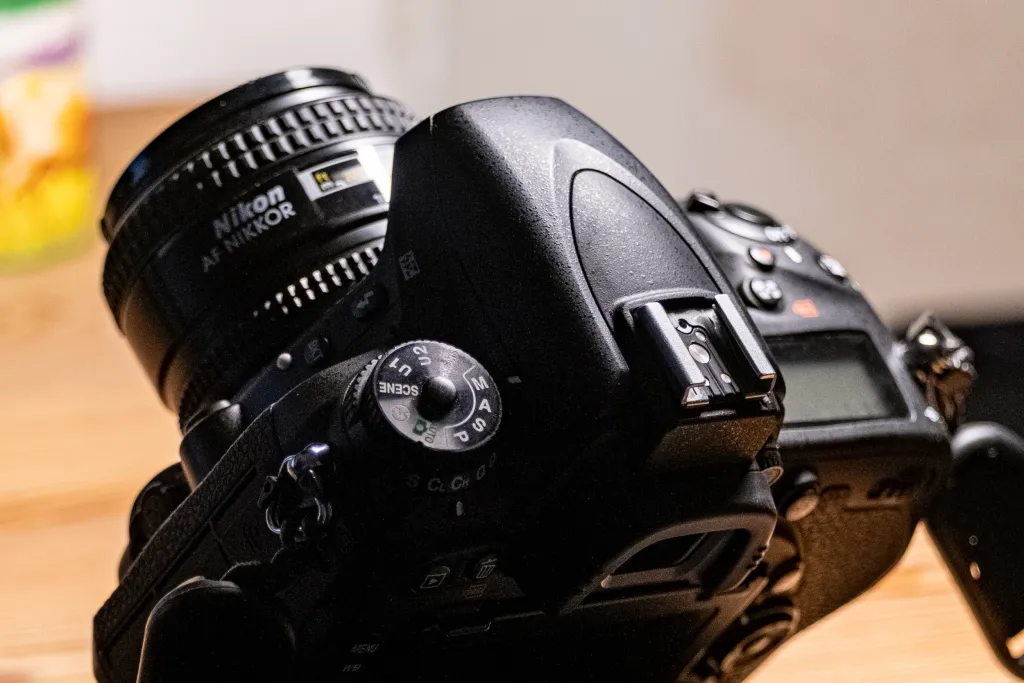In photography, the convenience of autofocus has become an effective feature in modern camera systems. However, the art of manual focus remains an invaluable skill for photographers seeking precision and control over their images. Mastering the basics is essential if you want to become an enthusiastic photographer. Refer to Yvette Heiser Texas – The Art of Seeing: Mastering the Basics of Photography, which highlights the valuable insights to taking perfect photographs. Here, let us explore how and when to use manual focus to enhance photography.

Understanding Manual Focus
Manual focus involves manually adjusting a lens’s focus ring to determine the sharpness and clarity of the focused area. Unlike autofocus, where the camera system makes focus decisions based on predefined parameters, manual focus provides photographers with direct control over focus manipulation. Knowing the appropriate moments and methods for employing manual focus enhances creative opportunities and guarantees sharp, accurate outcomes.
When to Use Manual Focus:
1. Low-Light Conditions:
In dimly lit environments or during nighttime photography, autofocus systems may struggle due to low contrast and limited light. Manual focus shines in such situations, allowing photographers to dial in focus precisely and capture sharp images even when light is scarce. This is particularly useful for candlelit scenes or astrophotography.
2. Astrophotography:
Capturing the vastness of the night sky demands pinpoint accuracy, which manual focus facilitates. Autofocus systems may struggle to lock onto distant stars or galaxies due to low contrast and the dimness of celestial bodies. Manual focus, aided by features like focus magnification, allows for incremental adjustments to achieve sharp relief in astrophotography.
3. Macro Photography:
In macro photography, where the camera gets exceptionally close to capturing minute details, autofocus systems may hunt back and forth or struggle with accuracy. Manual focus empowers photographers to pinpoint the exact focus area, which is crucial for capturing intricate details of small subjects with a narrow depth of field.
4. Panoramic Landscape Photography:
Maintaining consistent focus across multiple frames is essential in panoramic landscape photography. Manual focus ensures that each frame maintains the same focal point, leading to seamless merging during post-production. This method eliminates potential inconsistencies that may arise when relying on autofocus.
5. Studio Settings:
In controlled environments like studios, manual focus is a powerful tool for precise control over composition and sharpness. It allows photographers to emphasize textures and intricate designs or capture high-resolution images for print, ensuring critical areas are tack-sharp.
6. Shallow Depth of Field:
Manual focus provides crucial advantages when aiming for a shallow depth of field. By manually adjusting the focus ring, photographers gain precise control over the plane of focus, ensuring the intended subject is sharply defined while intentionally blurring the foreground or background.
Tips for Effective Manual Focus:
- Utilize focus aids, such as focus peaking or magnification, to enhance precision.
- Adjust the viewfinder’s diopter control for clear and sharp visuals.
- Experiment with rocking focus in challenging scenarios for better accuracy.
- Consider using focus-confirm chips for additional confirmation.
Wrapping up
In photography, manual focus is a versatile and powerful tool that complements autofocus systems. If you are a beginner in photography, rush to Yvette Heiser – How to Take the perfect photography, which briefly summarizes the easy steps to learn the art of taking better images.
